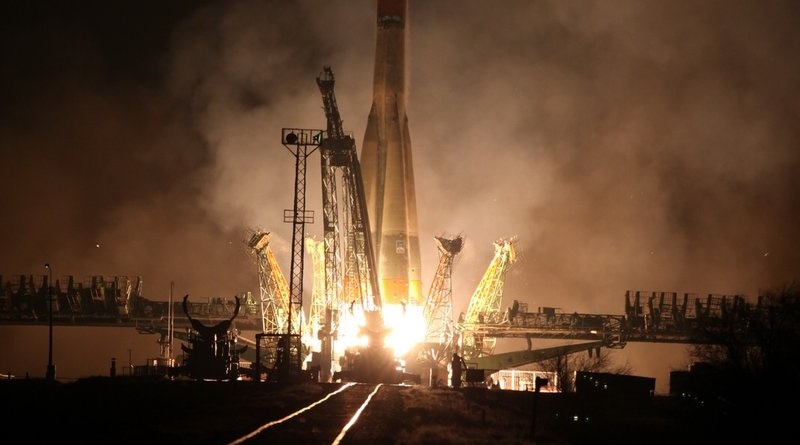Russian Cargo Resupply Craft Lost in Soyuz Launch Failure, Debris fall in South Siberia
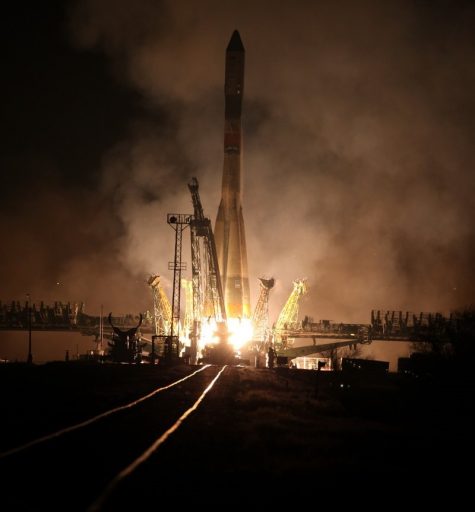
Russia’s Soyuz rocket encountered a rare launch failure on Thursday, disintegrating in the skies over Southern Siberia after what appeared to be a catastrophic failure of the rocket’s third stage. Lost in the mishap was the Progress MS-04 cargo spacecraft loaded with supplies for the six crew members living and working aboard the International Space Station.
The venerable Soyuz U lifted off from Site 1/5 of the Baikonur Cosmodrome at 14:51:52 UTC under the power of its core stage and four boosters, generating a collective liftoff thrust of over 400-metric ton force. Cameras tracked the 46-meter tall launch vehicle as it finished its vertical climb and pitched over onto the standard north-easterly departure path to dispatch the Progress craft into the orbital plane of the Space Station for a two-day rendezvous.
Soyuz punched through a layer of clouds shortly after launch, permitting no more visuals of the vehicle but launch controllers continued reading out telemetry from the ascending rocket confirming all was going well during the burn of the boosters and core stage. However, real-time telemetry calls ended without confirmation of successful spacecraft separation.
In a statement, Roscosmos reported that contact with the ascending vehicle was lost six minutes and 23 seconds into the flight. At that point, Soyuz was planned to be around 190 Kilometers in altitude, still with two minutes and 23 seconds left in the burn of the rocket’s RD-0110-powered third stage.
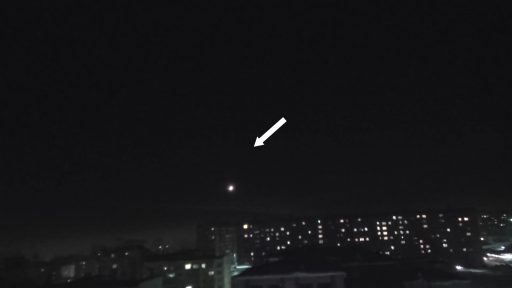
Reports later emerged on Russian Social Media of an explosion in the night skies over the Tuva region followed by sightings of falling debris and ground tremors. The timing and location of the reports was a good match as the planned ascent ground track took the Soyuz right over the South Siberian region during operation of the third stage.
Tuva is located around 2,000 Kilometers downrange from the Baikonur Cosmodrome and a relatively sparsely populated area. According to media reports, debris related to Progress MS-04 were found in a remote, wooded area within Tuva.
Roscosmos issued a second statement, confirming that the flight had been normal until T+382 seconds at which point signals from the vehicle were suddenly lost – suggesting a rapid failure mechanism occurred on the ascending rocket.
In response to the Soyuz launch failure, the Russian Space Agency formed a Commission to investigate the exact circumstances of the mishap. At Mission Control Moscow, the Progress Flight Control Team was released and the crew aboard the Space Station was informed that no cargo was inbound on Saturday as had been the plan after a successful launch.
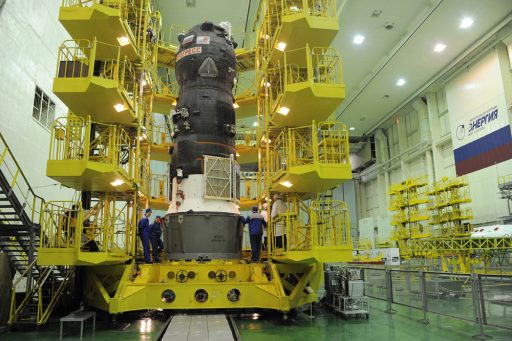
Progress MS-04 was loaded with 2,442 Kilograms of cargo headed to the Space Station, comprised of a mix of fuel, water, and supplies for the six crew members living and working in orbit.
The cargo inside the pressurized section of Progress consisted of food provisions, crew supplies, maintenance hardware and new experiments to be performed on the Russian Segment of ISS including a new plant-growth facility and a water recovery system to demonstrate water recycling in space. Also on board was the first in the new series of Orlan-MKS space suits to enhance spacewalking capabilities for Russian crew members.
A detailed manifest of the cargo lost on Progress MS-04 can be found here.
The loss of Progress MS-04, while unfortunate, will not mean that the Station’s crew will have to go to bed hungry as plenty of supplies are stockpiled in orbit to protect for the loss of a cargo vehicle. However, the Russians cut back their cargo flights to three a year, meaning a third of the cargo upmass for the Russian ISS Segment for 2016 has been lost and, at least in part, will have to be made up for on future missions.
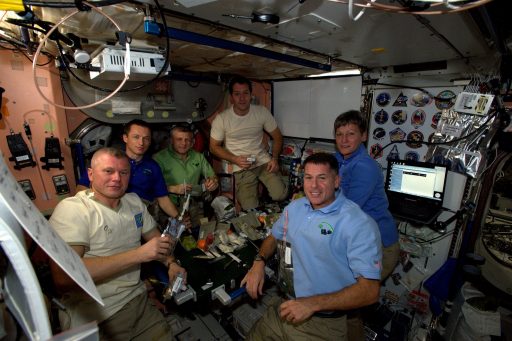
Supplies aboard the International Space Station would reach reserve levels in mid-March 2017 if no additional cargo arrives onboard the Space Station with water and food being the critical commodities that would run out in early June.
However, plenty of cargo will be inbound before any supplies will get close to reserve levels with Japan’s HTV-6 mission currently in the final stages of preparations for a December 9 liftoff, SpaceX’s Dragon is expected to fly again in January, and Orbital ATK’s Cygnus is scheduled for a mid-March cargo delivery. Russia’s Progress was expected to fly again on February 1, 2017, but that launch date could move based on readiness of the Soyuz rocket.
Thursday’s launch was the second-to-last mission of Russia’s Soyuz U rocket that has been in service for over four decades and holds the records for the longest-serving launch vehicle and the most missions performed by an orbital launcher. Although considered one of the most reliable rockets on the market with a success rate of 97.5%, Soyuz U has not been without failure.
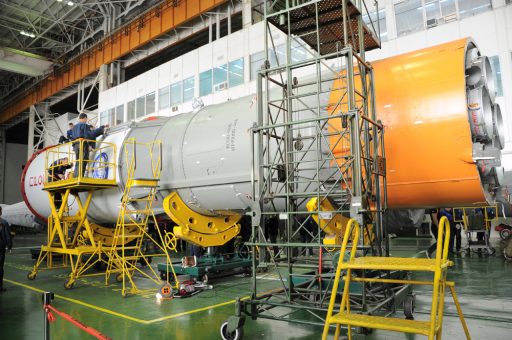
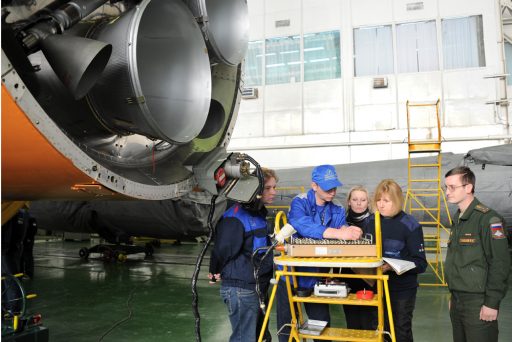
The Progress M-12M spacecraft was lost in August 2011 when the Block I third stage of its Soyuz U rocket shut down prematurely 325 seconds into the flight after the onboard computer detected a decline in propellant pressures on the RD-0110 engine due to a blockage in a propellant line as was determined by an investigative commission.
The most recent loss of a Progress spacecraft occurred in April of last year when the Progress M-27M spacecraft received severe damage at the moment of engine shutdown on the modified Block I upper stage of its Soyuz 2-1A rocket – caused by unforeseen dynamics between the modified structure of the upgraded third stage and the Progress spacecraft. Although the spacecraft achieved orbit on that mission, Progress tumbled out of control and could not be recovered despite valiant efforts of flight controllers.
As per the usual procedure, Soyuz is likely to be grounded until investigators can piece together the chain of events leading up to Thursday’s failure, also checking for commonality between the different versions of Block I in use on the Soyuz rocket fleet.
Soyuz U and the crewed Soyuz FG rocket both use the same upper stage with Block I having shown excellent performance just two weeks back on the launch of the Soyuz MS-03 spacecraft and three Space Station crew members as well as four weeks earlier when launching Soyuz MS-02 with a three-man crew.
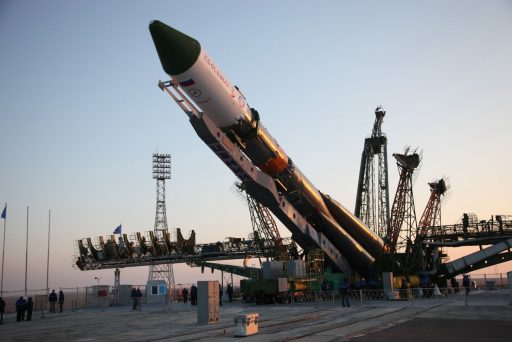
At present, Soyuz is the only active launch vehicle with an operational capability to launch humans to the International Space Station. Commercial Crew operators SpaceX and Boeing are currently looking at crewed test flights of their Dragon and Starliner spacecraft in November 2017 and August 2018 – until then, NASA and Roscosmos will have to rely on Soyuz to maintain a continuous human presence on the orbiting outpost.
Having just launched a pair of crews to the Space Station, there are no immediate concerns even in case of a longer stand-down of the Soyuz rocket. Soyuz MS-03, launched to ISS on October 19, could remain in orbit until mid-May 2017 without violating it maximum mission duration.
The Progress MS-04 mission is only the second in-flight failure of an orbital launch vehicle in 2016 after China’s Long March 2C suffered a third-stage issue in September when launching the Gaofen-10 Earth Observation Satellite. SpaceX lost a Falcon 9 rocket during a testing accident on September 1st and is currently in the final stages of its investigation before returning to flight later this month.

